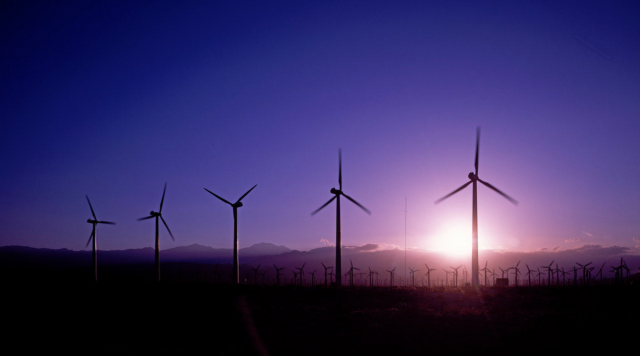NEWS Renewable power surges as pandemic scrambles global energy outlook, new report finds
Science Magazine covers the Green Stimulus. Click here for the original.
The pandemic-induced global economic meltdown has triggered a drop in energy demand and related carbon emissions that could transform how the world gets its energy—even after the disease wanes, according to a report released today by the International Energy Agency (IEA).
The precipitous drop in energy use is unparalleled back to the Great Depression of the 1930s. But not all energy sources are suffering equally. Efforts to shift toward renewable energy could be hastened as fossil fuels, particularly coal and oil, have borne the brunt of the decline. Use of renewable energy, meanwhile, has risen thanks to new projects coming online and the low cost of turning wind turbines or harvesting sunlight.
“The energy industry that emerges from this crisis will be significantly different from the one that came before,” predicts Fatih Birol, executive director of the Paris-based IEA.
The numbers spell out the changes rattling the energy world:
- Global energy demand is expected to drop by 6% in 2020, compared with the previous year. That’s a seven times bigger drop than in the wake of the 2008 recession. The biggest change is predicted for the most developed economies, with a 9% decline in the United States and 11% in the European Union.
- Carbon emissions from the energy sector are expected to fall by 8% for the year—almost 2.6 gigatons. That makes it the largest drop ever recorded and six times the decline caused by the last recession.
- Demand for renewable energy is expected to grow 1% over the year, driven by a 5% increase in use of renewable electricity. That contrast with fossil fuels stems largely from the low fuel costs for generating electricity from wind, sunlight, or hydroelectric dams.
Yearlong forecasts could change, depending on how long economies remain locked down by a combination of government and private efforts to stem the spread of the new coronavirus. But the first 3 months of 2020 already tell a tale of swift and dramatic change. Global energy demand fell an estimated 3.8%, with much of that coming in March, as the virus spread and countries imposed tighter limits on businesses and movement, according to the new report.
Countries with strict lockdowns have seen a 25% drop in week-to-week energy demand as factories are shuttered and people stay home. Demand fell 18% in nations with partial lockdowns. Demand for electricity—a subset of total energy—has fallen as much as 20% in locked down countries, and daily patterns of electricity consumption resemble those usually seen on a typical Sunday.
Coal suffered the biggest losses in the first quarter of the year, with an almost 8% drop compared with the start of 2019. Major contributors to the decline included: the lockdown in China, a heavy coal user; competition from cheaper natural gas and renewable energy; and mild winter weather. Demand for oil fell by 5%, as car traffic was cut in half and air travel by 60% by the end of March. Renewable energy use, in contrast, rose 1.5% in the first 3 months of the year.
The pandemic is revealing downsides to fossil fuels, such as the need for extensive storage systems and supply chains to move fuel from its source, says Daniel Kammen, an energy policy expert at the University California, Berkeley. “Those costs are always there,” Kammen says. “But when there’s so little demand for fossil fuel, what you’re seeing is the infrastructure to move it around has been overwhelmed.”
The new report noted that new renewable energy projects could slow if construction is slowed by lockdowns or problems getting needed equipment.
It’s less clear what will happen once the pandemic recedes and economies sputter back to life. Birol noted that greenhouse gas emissions resumed their upward march following the last economic downturn. He urged governments to put clean energy technologies “at the heart of their plans for economic recovery.”
Some countries have already shown signs they want to head down that path. In South Korea, the ruling Democratic Party, which won a landslide victory in mid-April elections, recently called for clean energy investment as part of its economic plan. German and U.K. officials have also said environmental concerns should inform recovery efforts.
Kammen, who is co-author of a proposal for a “green stimulus” initiative in the United States, hopes the current success of renewable energy, coupled with people’s experience of cleaner air as less fossil fuel is burned, will help win support for such a shift elsewhere. “One version of the coronavirus crisis is it all eases and we go back to what we were doing before,” Kammen says. “The other version of it is people say, ‘Wow, I hadn’t realized how bad things were.’”

You must be logged in to post a comment.